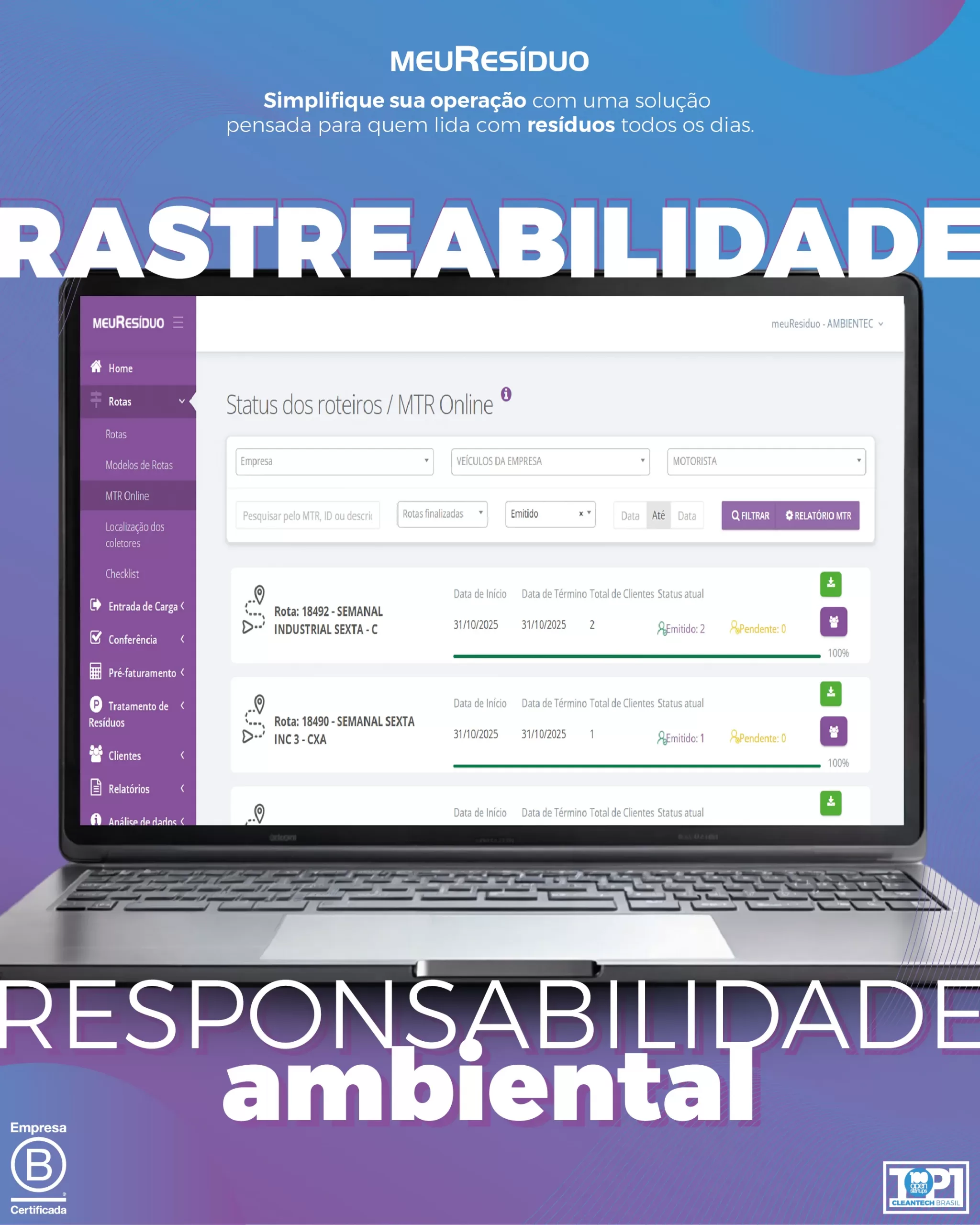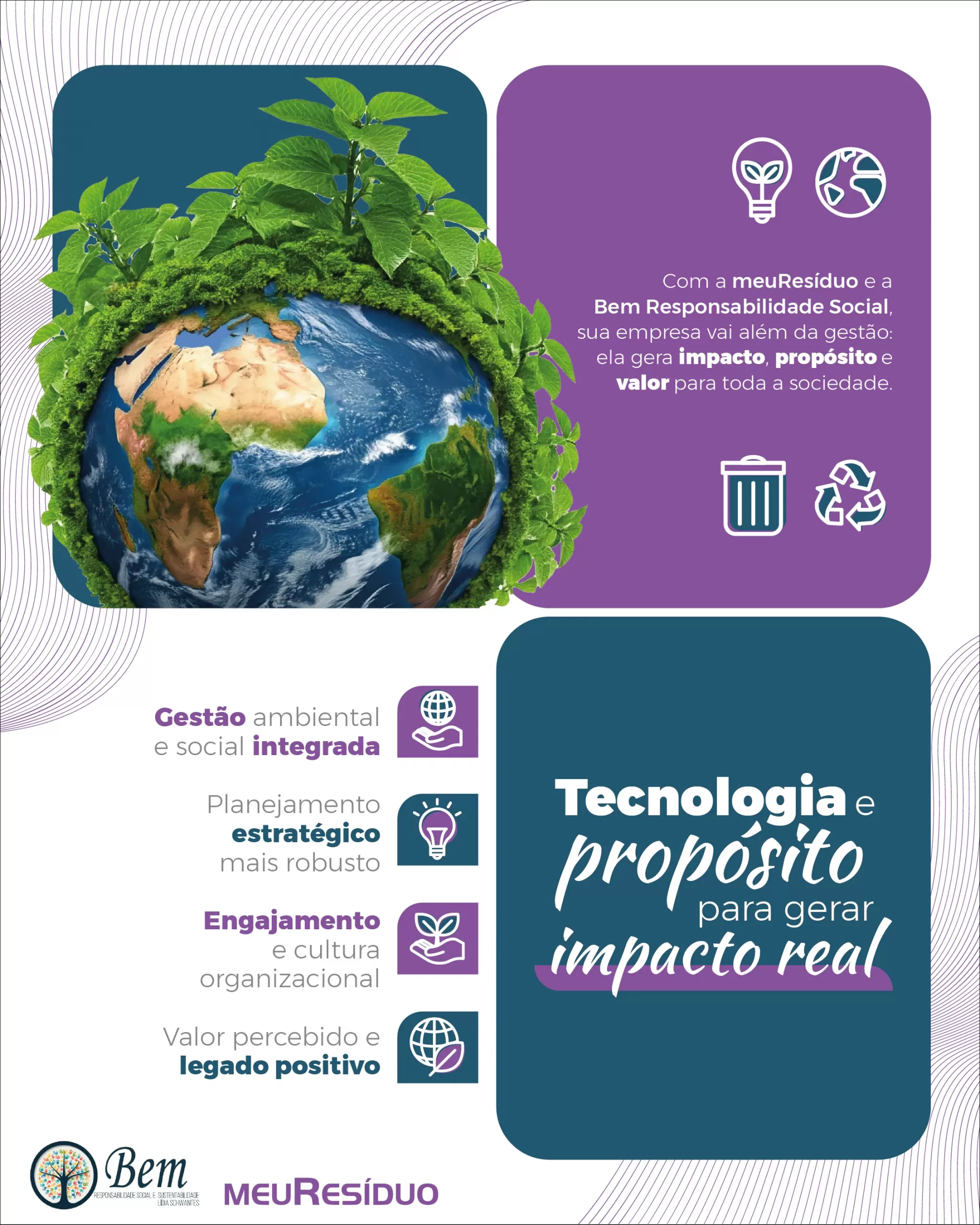The decarbonization from the navigation companies begins with hydrogen and E-methanol.
Nowadays, the Denmark Maersk is the second biggest navigation company of the world, with more than 100.000 employees, a market participation close to 20% and a fleet of 750 freighters. The industry of the marine transportation is one of the most outstanding for years in terms of quantity of emissions. That is why, according to the last study of the International Marine Organization (IMO), the industry is responsible for emitting more than 1.000 tons of CO₂ per year. This study also highlights how the generated pollution can double until 2050. That is why, big companies from the sector, as Maersk, started to search for sustainable solutions to decarbonize its freighters. And one of the most promising ones is found in E-methanol.
What is the E-methanol, the biofuel that will substitute Diesel?
The E-methanol, or green methanol, is a biofuel produced through renewable energies like biomass or green hydrogen, obtained through the water electrolysis. Currently it is used as antifreeze and solvent, but it also has a more interesting use, as a fuel. Its main purpose in relation to the liquefied natural gas is that it remains liquid in a room temperature, facilitating a lot the transportation, because it does not depend on special isolation and storage systems.
On the other hand, its main disadvantage nowadays is the high cost of production and distribution. It is why that many environmental organizations and scientists do not see it as a possible substitution for petrol. In the next 10 years, it is expected that the E-methanol global market grows from US$ 122 million to more than US$ 3.000 million. Therefore, Maersk decided to bet on mass creation of the biofuel, and its main energetical polo is to be Spain.
Maersk settles with Spain Government an investment of 10.000 million euros to produce E-methanol
Recently, the Denmark shipping company Maersk and the Spanish Government agreed on creating an investment project of 10.000 million euros to produce green methanol in two factories located in Andaluzia and Galiza. This project intends to create more than 85.000 new qualified jobs and make Andaluzia and Galiza world leaders in renewable energy. These two factories are added to the list provided by the Denmark shipping company of 5 or 6 strategical sites in the world for their renewable strategy. One of them will be in Egypt, a country in which Maersk has already closed a deal in March.
The project predicts the production of 200.000 tons of E-methanol between 2023 and 2025, a million until 2027 and almost two million until 2030. From all the accorded investment, 60% will be destinated to the creation of installations to produce electricity necessary to obtain first green hydrogen and then E-methanol. The rest would be invested in existent factories. This situation can make the price of electricity diminish in Spain in the future. The project hopes to have the support of Europe thanks to European funds and contemplates the creation between 20 to 80 new Eolic or Solar parks to produce green hydrogen.
The rest of the world is also preparing for the energetic transition to E-methanol
Besides the investment in Spain, Maersk has already announced in 2021 an investment in a North American company based on the development of green bioethanol. Maersk’s competitors also believe in E-methanol as the main alternative to petrol. Companies like China Merchants and COSCO Shipping Bulks have already announced that the green methanol will be their main source of fuel for their freighters. In Asia, Carbon Recycling International (CRI) has initiated the production of the world’s biggest power plant of CO₂ conversion into methanol.
In Australia, the company Mitsubishi Gas Chemical is proposing a project of green methanol generation through the capture of carbon dioxide from the cement production. Other projects focus more on the optimization of the E-methanol creation process, like the project Laurelin, promoted by EU and the Technology and Science Agency from Japan, that searches for solutions to improve the green methanol production. One of them is obtained through the carbon dioxide hydrogenation to improve the energetic efficiency and the production costs.
SOURCE: https://www.companias-de-luz.com/noticias/metanol-verde/




